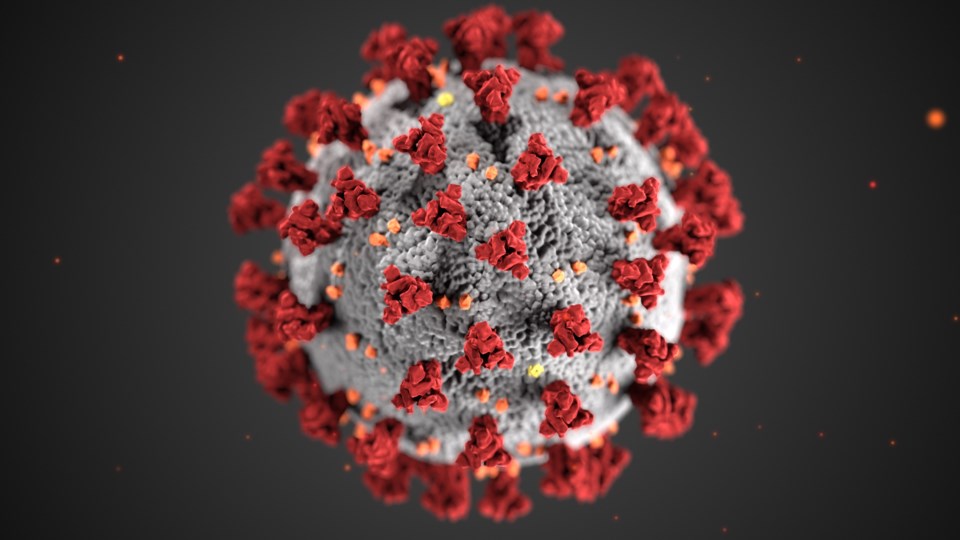Simcoe-Muskoka continues to see more COVID-19 cases than the provincial average.
During his weekly media briefing on Wednesday, Simcoe Muskoka District Health Unit medical officer of health Dr. Charles Gardner said this is the seventh week in a row the region has had an incidence rate higher than what is being seen across Ontario.
“I always point out that in the first three waves of the pandemic, we were always lower than the provincial average, usually at about half of the rate, so we find ourselves in a very difficult situation now compared with the earlier three waves of the pandemic," he said.
As a whole, the region has an incidence rate of 97 cases per 100,000 population per week, which is up from 82.5 cases per 100,000 population per week last week. During that time, the province increased by 28 per cent — up to 44 cases per 100,000 population per week from 37 one week ago.
“We continue to be at a high rate of transmission, higher than the province as a whole, and much higher than any of the health units in the Greater Toronto Area. This is a new pattern and a characteristic of this latter portion of this fourth wave and not at all in keeping with what we saw in the first three waves,” said Gardner.
Although positivity rates are higher than in the previous three waves, Gardner said health officials have, so far, not seen an additional surge with hospital occupancy or intensive care unit (ICU) admissions at this point.
“Our occupancy is substantially higher than it had been in the summer, but over the last three weeks or so, it has been about the same,” the doctor said, adding this is something he intends to keep a close eye on in the coming weeks. “We certainly need to be responsive to any indication of our health-care system being compromised or overwhelmed.“
Gardner said he has reached out to leadership at hospitals in both Barrie and Orillia to try to get a sense of how COVID-19 is impacting other operations.
“I understand from them that although their numbers aren’t high, they are still noting the potential for an increase in cases to impact on their ability to operate and that there’s not the same degree of capacity that had been in place before should we get a surge," he said.
The region remains in “red status” due to the increase in the cases seen over recent weeks, Gardner said, as well as the number of outbreaks that are occurring.
“The proportion of cases that are acquired in the community remain relatively high at 30 per cent and our per cent of positivity has gone up to 4.6 per cent," he said, adding this is an indication of both the amount of transmission happening in the community as well as the sufficiency of the volume of testing taking place.
The ideal would be under three per cent, Gardner said, adding they continue to struggle as a health unit to respond to the volume of cases, and are down to 59 per cent of local cases being reached within one day of the health unit being notified.
The goal is to be at 90 per cent, said Gardner, which he hopes to reach in the new year as they recruit and build up the team — along with the assurance from the province that COVID-related expenses will be covered.
“In the interim, we’ve had to prioritize our investigations. We follow up with all cases… and do in-depth investigation in certain locations where there may be outbreaks to confirm like those outbreaks," he said.
With the current surge in cases, the province has paused lifting further capacity limits and have also indicated that they will not be discontinuing the proof-of-vaccination requirements currently in place, which is a move Gardner said he applauds.
“Given the rising case count and the arrival of the omicron variant in the province… I think those were wise decisions," he said.



